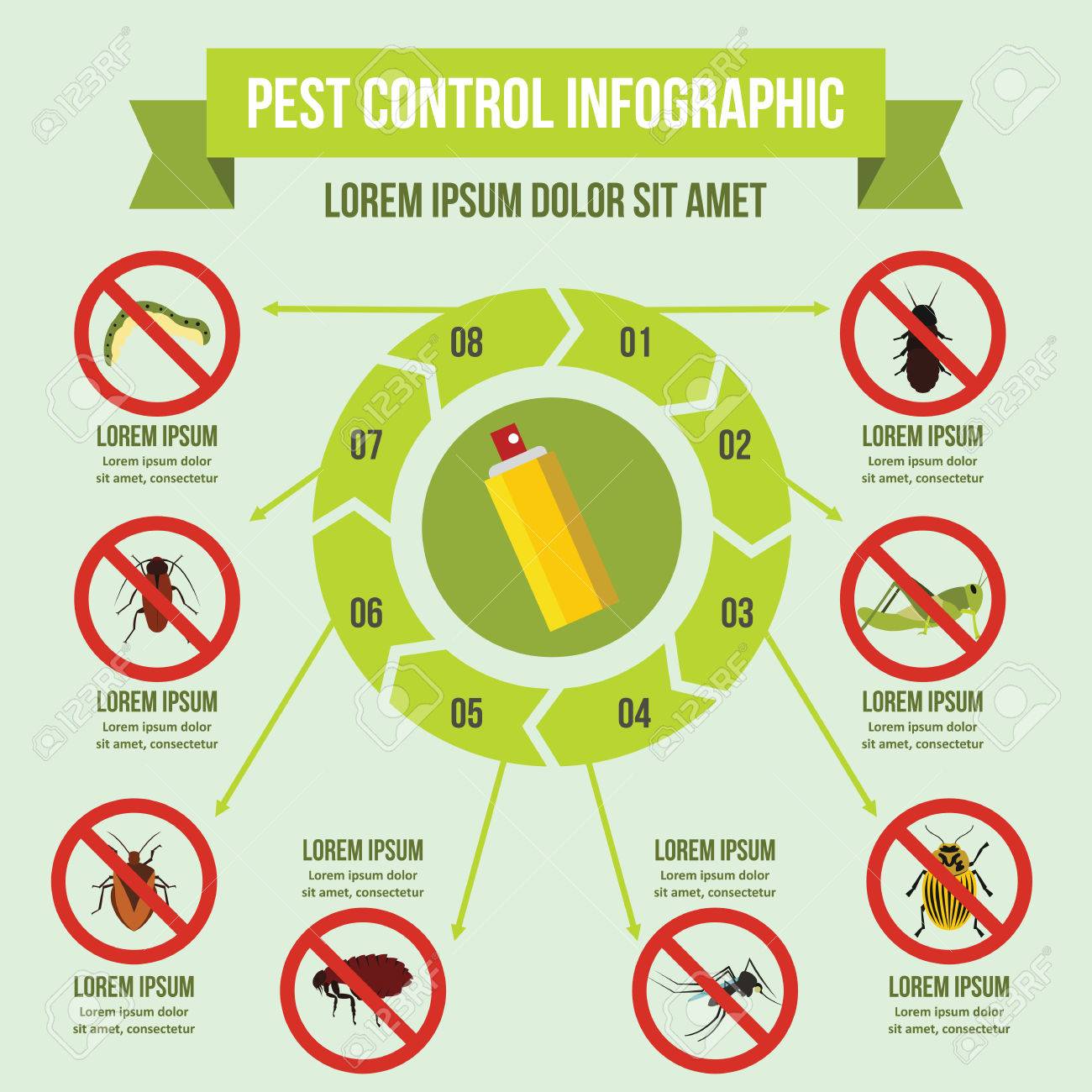Learn Vital Techniques For Safeguarding Your Residence From Rats In The Attic Room
Learn Vital Techniques For Safeguarding Your Residence From Rats In The Attic Room
Blog Article
Short Article Writer-Sutherland Cheek
Envision your attic as a cozy Airbnb for rats, with insulation as cosy as resort cushions and circuitry much more enticing than area solution. Now, imagine these unwanted guests tossing a wild event in your house while you're away. As a homeowner, guaranteeing your attic room is rodent-proof is not nearly comfort; it's about securing your property and loved ones. So, what straightforward actions can you require to protect your shelter from these fuzzy burglars?
Evaluate for Access Points
To start rodent-proofing your attic, examine for entry factors. Begin by thoroughly analyzing the exterior of your home, seeking any kind of openings that rodents can use to gain access to your attic. Look for gaps around energy lines, vents, and pipelines, along with any fractures or holes in the structure or house siding. See to it to pay close attention to locations where different structure materials fulfill, as these are common entry points for rats.
Additionally, evaluate the roofing system for any type of harmed or missing out on roof shingles, as well as any kind of voids around the edges where rodents could squeeze through. Inside the attic, search for signs of existing rodent activity such as droppings, ate cords, or nesting products. Utilize a flashlight to completely examine dark edges and covert spaces.
Seal Cracks and Gaps
Inspect your attic thoroughly for any type of splits and gaps that need to be sealed to stop rats from going into. Rodents can squeeze through even the smallest openings, so it's crucial to secure any kind of possible entrance factors. pest control for mice around pipes, vents, cables, and where the walls meet the roof. Make use of a mix of steel wool and caulking to seal these openings effectively. Steel woollen is an outstanding deterrent as rodents can not eat via it. Ensure that all gaps are tightly sealed to reject access to undesirable bugs.
Do not overlook the significance of sealing gaps around doors and windows as well. Usage weather stripping or door sweeps to seal these areas properly. Inspect the locations where utility lines get in the attic room and secure them off making use of an ideal sealer. By taking the time to seal all splits and voids in your attic, you create a barrier that rodents will certainly find difficult to violation. no contract pest control near me is type in rodent-proofing your attic room, so be extensive in your efforts to seal any type of possible entry factors.
Get Rid Of Food Sources
Take proactive actions to get rid of or save all possible food resources in your attic to deter rodents from infesting the area. Rats are attracted to food, so removing their food sources is essential in maintaining them out of your attic.
Below's what you can do:
1. ** Store food securely **: Stay clear of leaving any type of food products in the attic room. Store all food in closed containers constructed from metal or sturdy plastic to avoid rodents from accessing them.
2. ** Clean up debris **: Get rid of any kind of stacks of debris, such as old papers, cardboard boxes, or wood scraps, that rodents could use as nesting material or food sources. Keep the attic room clutter-free to make it much less attractive to rats.
3. ** Dispose of trash properly **: If you use your attic for storage and have waste or waste up there, make sure to deal with it on a regular basis and appropriately. Rotting trash bin draw in rodents, so maintain the attic clean and devoid of any natural waste.
Conclusion
In conclusion, remember that an ounce of prevention deserves a pound of treatment when it involves rodent-proofing your attic.
By putting in the time to examine for entry factors, seal splits and spaces, and eliminate food resources, you can keep unwanted bugs at bay.
Bear in mind, 'An ounce of prevention is worth a pound of cure' - Benjamin Franklin.
Stay aggressive and secure your home from rodent problems.
